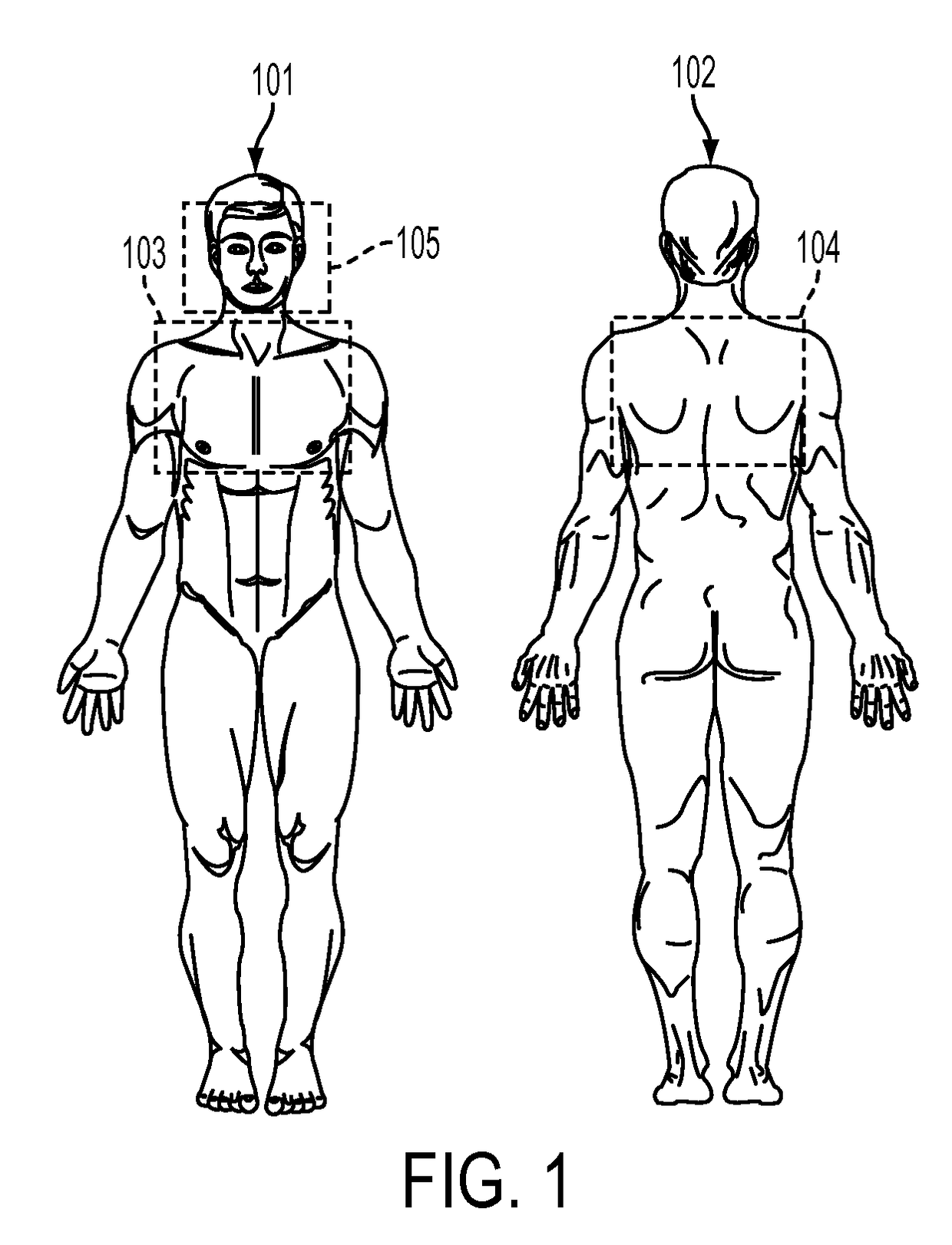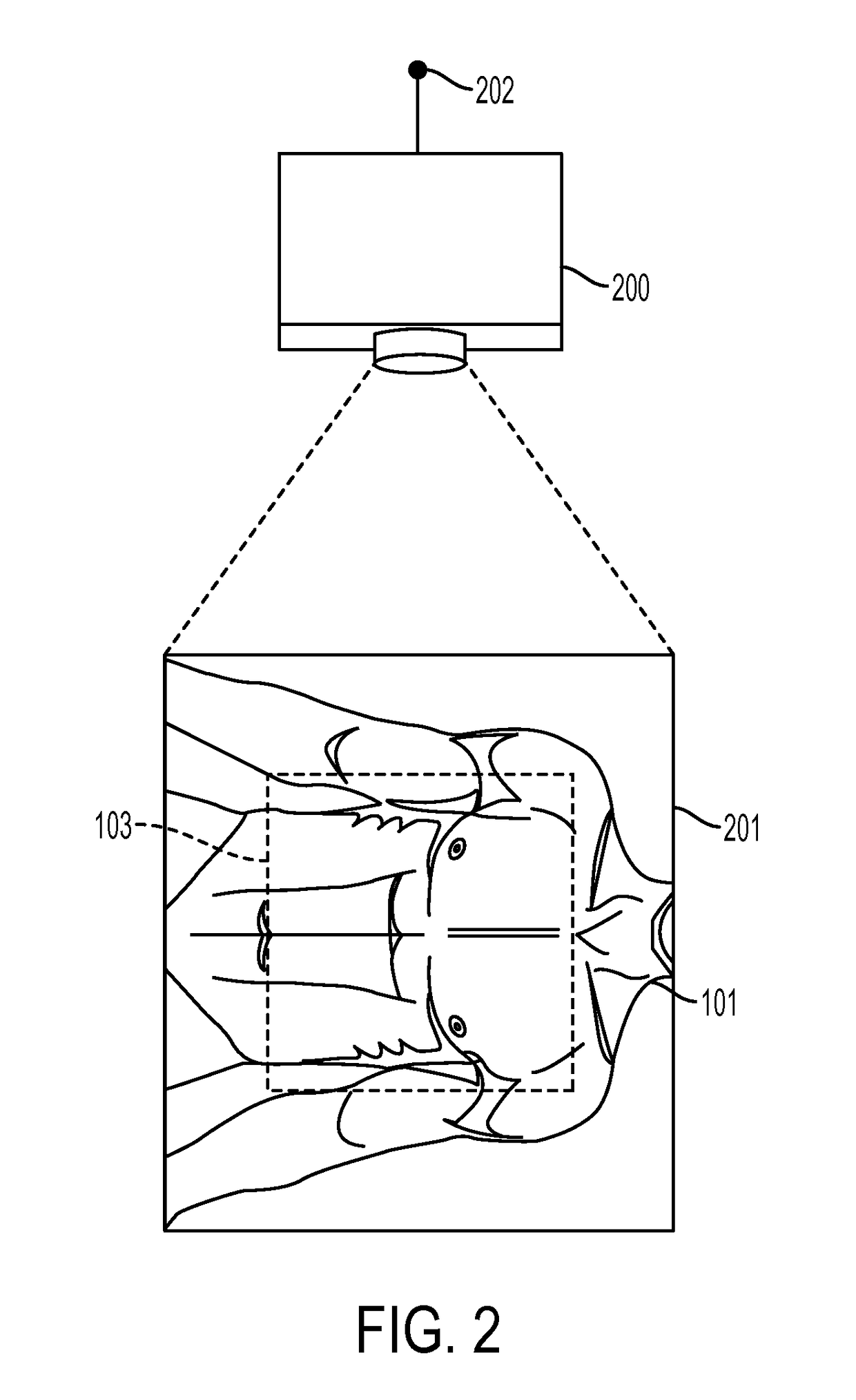Determining a respiratory pattern from a video of a subject
a technology of respiratory pattern and video, applied in the field of determining respiratory pattern from video of a subject, can solve the problems of inability to accurately determine the respiratory pattern of a subject, discomfort and psychological dependence, and the like in caretakers, and achieve the effect of reducing the difficulty of tracing contact, reducing the accuracy of tracing, and increasing the difficulty of tracing
- Summary
- Abstract
- Description
- Claims
- Application Information
AI Technical Summary
Benefits of technology
Problems solved by technology
Method used
Image
Examples
Embodiment Construction
[0042]What is disclosed is a system and method for determining a respiratory pattern for a subject from a video of that subject.
[0043]It should be understood that one of skilled in this art would readily understand various aspects of image frames, pixels, imaging processing, methods for generating a time-series signal from values of pixels obtained from processing batches of image frames as disclosed in several of the incorporated references by Lalit K. Mestha, Edgar Bernal, Beilei Xu and Survi Kyal, and would have a working knowledge of signal processing techniques. Such a person would also readily understand methods for uncovering independent source signal components from a set of observations that are composed of linear mixtures of underlying sources. For a survey, see: “Independent Component Analysis”, Wiley (2001), ISBN-13: 978-0471405405, and “Blind Source Separation: Theory and Applications”, Wiley (2014), ISBN-13: 978-1118679845. One skilled in this art would also have a wor...
PUM
 Login to View More
Login to View More Abstract
Description
Claims
Application Information
 Login to View More
Login to View More - R&D
- Intellectual Property
- Life Sciences
- Materials
- Tech Scout
- Unparalleled Data Quality
- Higher Quality Content
- 60% Fewer Hallucinations
Browse by: Latest US Patents, China's latest patents, Technical Efficacy Thesaurus, Application Domain, Technology Topic, Popular Technical Reports.
© 2025 PatSnap. All rights reserved.Legal|Privacy policy|Modern Slavery Act Transparency Statement|Sitemap|About US| Contact US: help@patsnap.com



